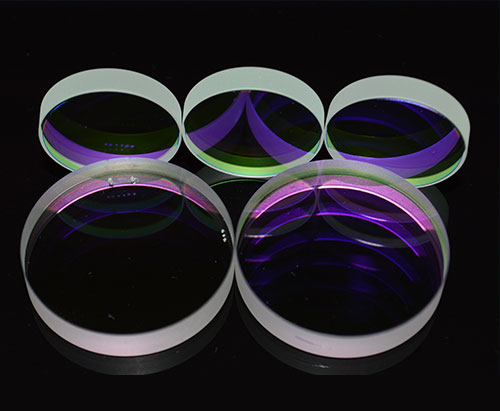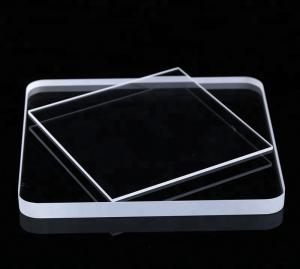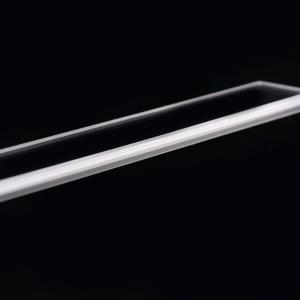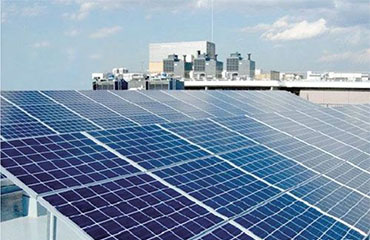
Quartz glass is composed of a single oxide.
Because quartz glass is composed of a single oxide, the structure and chemical properties of quartz glass are relatively simple. Silica ores are contained in silica ores on the surface of the earth''s crust, but only a few of them contain more than 99.98% and are suitable for quartz glass as raw materials. The general atomic structure of quartz glass is tetrahedral structure. Silicon atoms are located in the center. Four oxygen atoms ring around. The angles of these tetrahedrons are connected to each other to form a three-dimensional structure. But these tetrahedrons are arranged orderly in a ring in the quartz crystal, and in the glass, these reticular structures are composed of irregular twisted rings.
Increasing the temperature of each material leads to an increase in atomic motion, which requires more space. Under this kind of vibration, the reaction of the two grids is different. At a certain temperature, regular grids are rearranged, while irregular grids attract atoms with increased vibration. Quartz glass has a low thermal expansion because the mesh cannot be fully filled.
Irregular structure is the typical structure of any glass. Irregular structure makes quartz glass not only resistant to high temperature, but also able to adapt to sudden changes in temperature. There is also good plasticity.
Considering that it is not supercooled liquid, quartz should be a crystalline solid rather than a liquid in terms of thermodynamic equilibrium. This fact is the key to understanding why quartz is impermeable. Although the thermodynamically preferred quartz glass is crystal, the high viscosity prevents the necessary structural reconstruction. In other words, rapid cooling, molecules can not be quickly rearranged, which is conducive to the production and processing of quartz, but in some circumstances, the removal of coercive force, resulting in glass back to crystalline state. Usually occurs under heating and impurity conditions, the silicon-oxygen bond breaks down as a nucleation source. Alkali metals (such as sodium and potassium) are common pollutants that make quartz impermeable.
At 275 degrees and shrinkage, when the crystal structure undergoes phase transformation, the phenomenon of impermeability can occur.
Increasing the temperature of each material leads to an increase in atomic motion, which requires more space. Under this kind of vibration, the reaction of the two grids is different. At a certain temperature, regular grids are rearranged, while irregular grids attract atoms with increased vibration. Quartz glass has a low thermal expansion because the mesh cannot be fully filled.
Irregular structure is the typical structure of any glass. Irregular structure makes quartz glass not only resistant to high temperature, but also able to adapt to sudden changes in temperature. There is also good plasticity.
Considering that it is not supercooled liquid, quartz should be a crystalline solid rather than a liquid in terms of thermodynamic equilibrium. This fact is the key to understanding why quartz is impermeable. Although the thermodynamically preferred quartz glass is crystal, the high viscosity prevents the necessary structural reconstruction. In other words, rapid cooling, molecules can not be quickly rearranged, which is conducive to the production and processing of quartz, but in some circumstances, the removal of coercive force, resulting in glass back to crystalline state. Usually occurs under heating and impurity conditions, the silicon-oxygen bond breaks down as a nucleation source. Alkali metals (such as sodium and potassium) are common pollutants that make quartz impermeable.
At 275 degrees and shrinkage, when the crystal structure undergoes phase transformation, the phenomenon of impermeability can occur.
 0086 13905125665
0086 13905125665  Contact person: Zhang Dongguang
Contact person: Zhang Dongguang 







